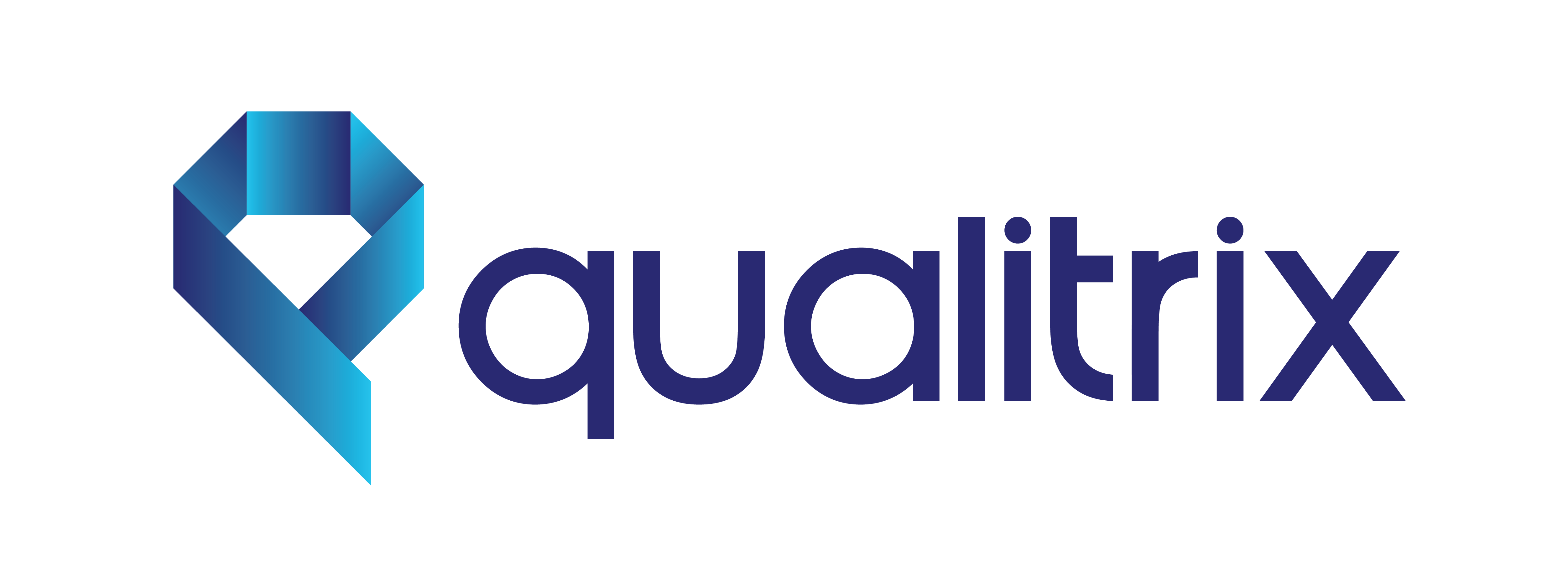As Artificial Intelligence (AI) and Machine Learning (ML) applications become increasingly prevalent in the software development landscape, the need for effective test automation is more critical than ever. However, testing these advanced technologies presents a unique set of challenges. In this blog, we will delve into the intricacies of test automation for AI and ML applications, exploring the challenges faced by QA teams and proposing innovative solutions to overcome these hurdles.
- Lack of Clear Requirements: The Conundrum of Ambiguity
Challenge: AI and ML projects often start with ambiguous or evolving requirements, making it challenging to define precise test cases.
Solution: Engage in close collaboration with data scientists, developers, and stakeholders from the project’s inception. Establish a feedback loop to adapt test cases as requirements evolve, ensuring comprehensive coverage despite the ambiguity.
- Data Quality and Diversity: The Lifeblood of Machine Learning Testing
Challenge: ML models heavily rely on diverse and high-quality data for effective training and testing. Ensuring data quality and diversity in a controlled testing environment can be complex.
Solution: Create synthetic datasets that mimic real-world scenarios, ensuring a diverse range of inputs. Augment real data with variations to cover edge cases, anomalies, and unexpected inputs. Continuously validate and update datasets to keep them reflective of evolving use cases.
- Dynamic Nature of Models: Adapting to Constant Change
Challenge: ML models are dynamic and evolve over time, making it challenging to maintain and update test cases to keep pace with these changes.
Solution: Implement continuous testing practices that include regular updates to test scripts. Leverage version control systems for both code and test data. Automated monitoring and alerts can notify QA teams of model changes, prompting timely adjustments to test cases.
- Explainability and Interpretability: Understanding the Black Box
Challenge: AI and ML models are often considered “black boxes” due to their complexity, making it challenging to understand how they arrive at specific decisions.
Solution: Develop testing strategies that focus not only on input-output verification but also on understanding the model’s decision-making process. Leverage explainable AI techniques and tools to provide insights into model behavior and facilitate more effective testing.
- Complexity of Test Oracles: Defining Success in AI and ML Testing
Challenge: Establishing clear criteria for determining the correctness of AI and ML applications (test oracles) can be complex due to the nuanced nature of their outputs.
Solution: Work closely with domain experts to define meaningful success criteria. Establish benchmarks for model performance based on real-world expectations. Leverage statistical methods and metrics relevant to the specific application domain for more nuanced evaluations.
- Scalability: Testing Across a Spectrum of Scenarios
Challenge: AI and ML applications often need to scale to handle diverse scenarios and large datasets, posing a challenge for comprehensive testing.
Solution: Implement performance testing methodologies that simulate real-world scenarios and scale testing environments to handle large datasets. Leverage cloud-based testing infrastructure for on-demand scalability and flexibility.
- Security Concerns: Safeguarding Sensitive Information
Challenge: AI and ML applications may process sensitive data, raising concerns about security vulnerabilities.
Solution: Integrate security testing into the test automation process, identifying potential vulnerabilities and ensuring that data privacy and security measures are robust. Implement data anonymization and encryption to protect sensitive information during testing.
- Tooling and Skillset: Bridging the Automation Gap
Challenge: Test automation for AI and ML requires specialized tools and a skillset that may not be readily available in traditional QA teams.
Solution: Invest in training programs to upskill QA teams on AI and ML testing methodologies and tools. Collaborate with data scientists and developers to identify and integrate suitable testing tools into the automation framework.
- Regulatory Compliance: Navigating Legal and Ethical Considerations
Challenge: AI and ML applications may be subject to regulatory frameworks, necessitating compliance with legal and ethical considerations.
Solution: Establish a clear understanding of regulatory requirements and incorporate them into testing processes. Collaborate with legal and compliance teams to ensure that testing practices align with industry standards and regulations.
- Real-Time Testing: Meeting the Demand for Instantaneous Results
Challenge: The demand for real-time AI and ML applications requires testing methodologies that can provide instantaneous results.
Solution: Implement continuous integration and continuous testing practices to facilitate real-time testing. Leverage automated testing frameworks that allow for quick feedback, enabling rapid iterations and adjustments.
Conclusion
Testing AI and ML applications presents a unique set of challenges, but with innovation and a proactive approach, these challenges can be effectively addressed. As organizations continue to embrace the transformative power of AI and ML, investing in robust test automation strategies tailored to the intricacies of these technologies is paramount. By fostering collaboration, embracing new tools, and staying attuned to evolving industry standards, QA teams can navigate the complexities of testing AI and ML applications and contribute to the delivery of reliable, high-quality solutions in this rapidly advancing technological landscape.

